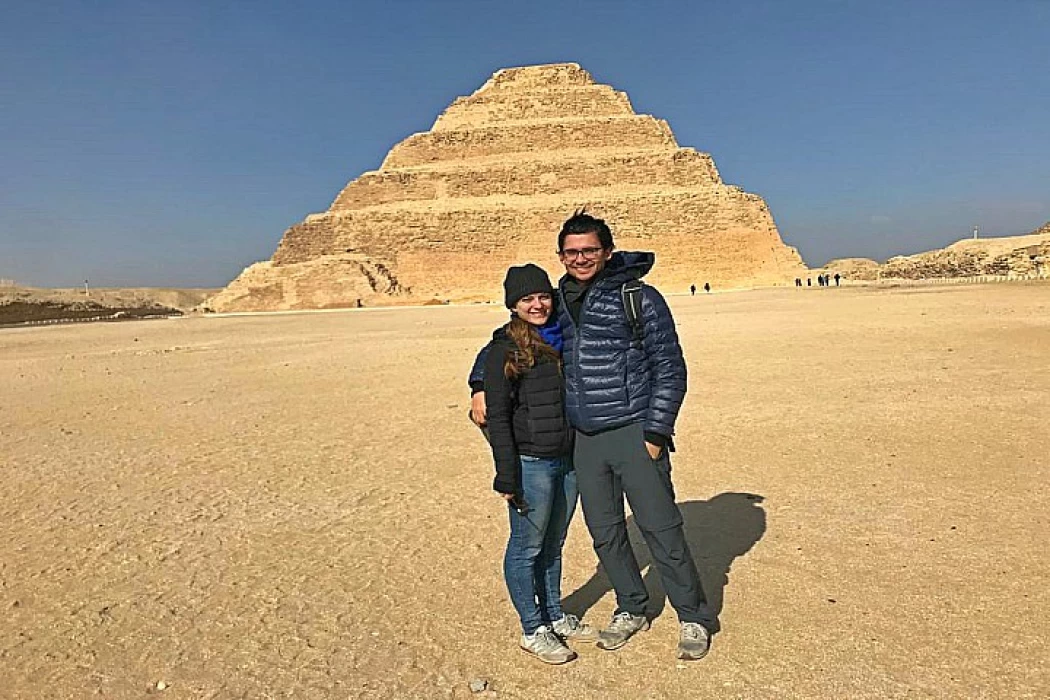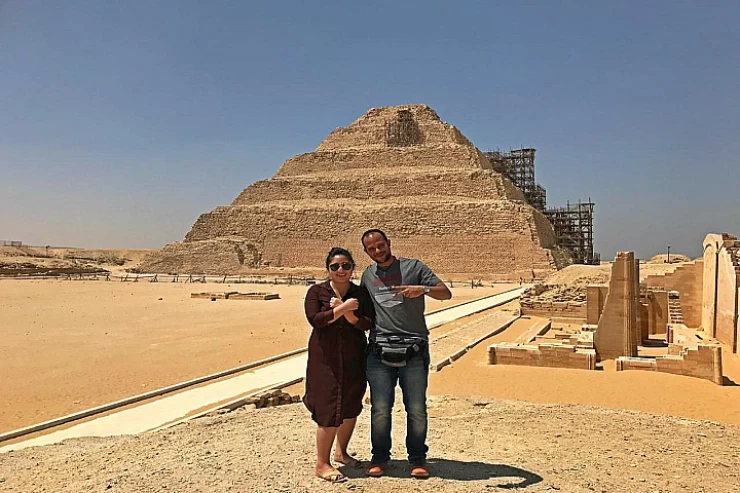
The Third Dynasty of Ancient Egypt History
The Third Dynasty of Ancient Egypt History
Egyptian civilization began around the year 3150 B.C. when King Menes (Narmer) unified southern and northern Egypt together and subsequently developed over the next three millennia. It historically contained a series of politically stable kingdoms, interspersed with periods of relative instability called intermediate periods. Ancient Egypt reached the height of its civilization in the era of the New Kingdom, after which it entered the country in a period of slow decline. Egypt was attacked at that time by many foreign powers, and the rule of the Pharaohs officially ended when the Roman Empire invaded Egypt and made it one of its provinces.
The third dynasty is famous for the advancement of medicine. Among its most important doctors are Imhotep, chief physician, and chief dentist, who is considered the first dentist in history, and King Djoser, the most famous king of the Third Dynasty, whose name is codified in red ink, and served in the historical papyrus of Turin to distinguish it from other rulers, as the state was marked by its stability and the harmony of its southern and northern sides, and its mention continued even after the Pharaohs' rule ended in the Ptolemaic era.
The most important characteristic of this stage is the construction of the pyramids, so it was known as the "Builders of the Pyramids" era, where the pharaoh ordered a bridge to build a funerary group for him in Saqqara after he had built his own cemetery in the way of his predecessors in the form of a large mastaba (95 x 50 meters, a height of 10 meters) He instructed his minister, Imhotep, to build the Saqqara Cemetery, which is one of the most important monuments that documented the development of the construction of the Pharaonic tombs.
The 3rd dynasty kings: 2649–2575 B.C.
- Zanakht 2649–2630 B.C.
- Djoser 2630–2611 B.C.
- Sekhemkhet 2611–2605 B.C.
- Khaba 2605–2599 B.C.
- Huni 2599–2575 B.C
















